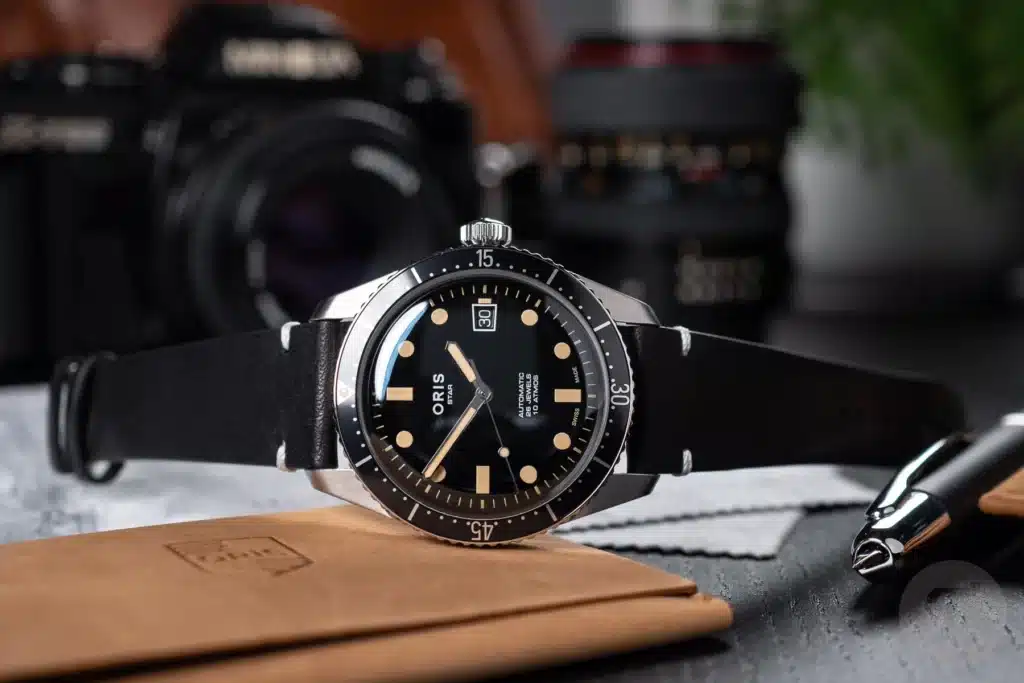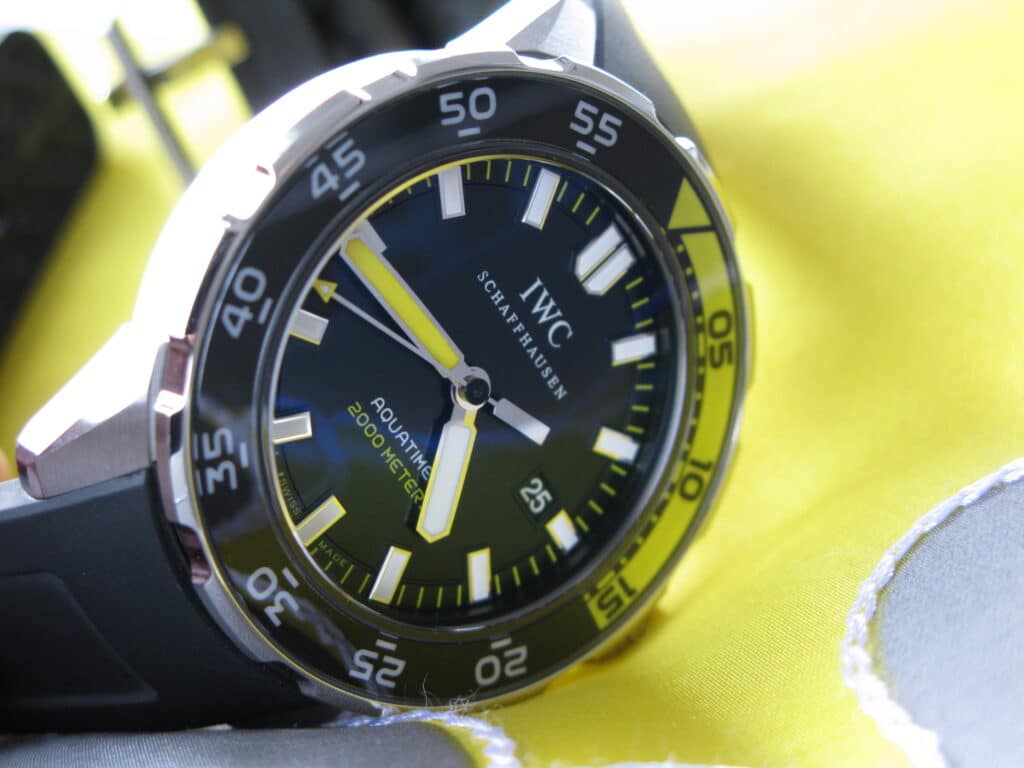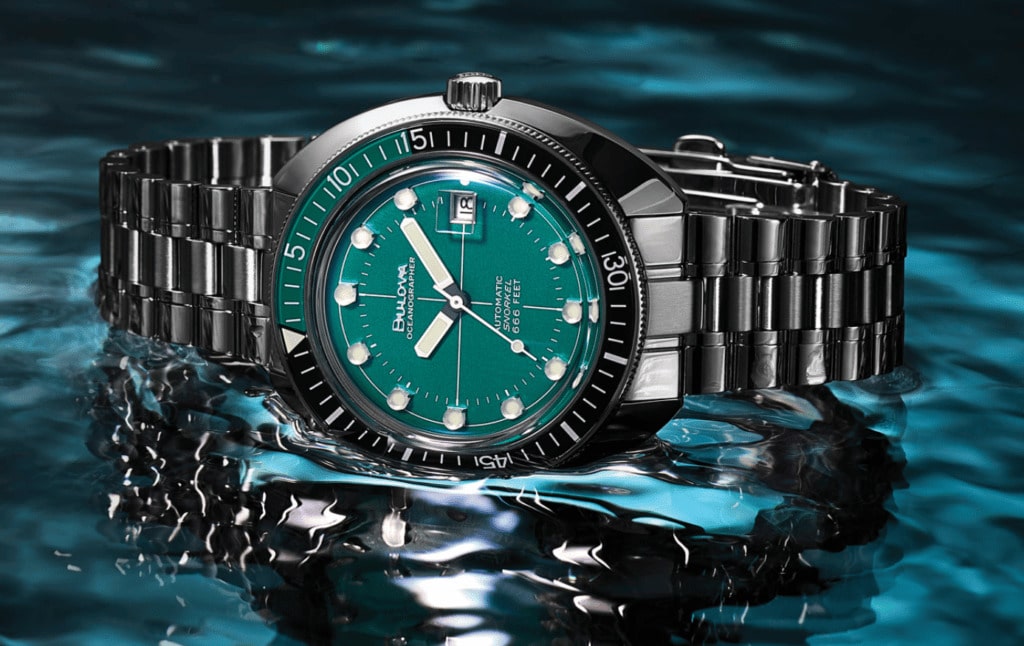Blog
The Truth About Water Resistance in Diving Watches
Water resistance is a highly sought-after feature in diving watches. But does a watch with a water resistance rating of 100m really perform well at that depth?
When it comes to water resistance, what questions do you have? Simply put, durability and strength are the hallmarks of diving watches. When discussing this category of watches, the most commonly asked question is: what does the water resistance rating mean and how significant is it?
There are many other related questions, such as “Can I use this watch at its maximum allowed depth?” or “Is this rating accurate in real-life conditions?”
Let’s address each of these questions. Can you submerge a watch with a 300m water resistance rating to a depth of 300m and still have it function properly? It depends on the type of diving watch, but typically there shouldn’t be any issues.

If you’ve read articles about Rolex watch manufacturing, you would know that Rolex tests the pressure resistance of all their watches (right after assembly and before shipping).
The truth is, all Oyster watches undergo pressure testing that exceeds 10% of the maximum pressure indicated in their water resistance rating. Diving watches, on the other hand, endure even greater pressure up to 25%. This is quite obvious for engineers; they want to design products that can withstand pressures beyond the stated specifications.
So, at what depth does a watch begin to fail? Again, the answer is “it depends.” In September 2014, Seiko placed two 1000m Marinemaster watches on a remotely operated submarine and submerged them in the depths of the Pacific Ocean.
These watches had a water resistance rating of 1000m, and one would expect them to stop functioning at depths beyond 1000m. However, to everyone’s surprise, the quartz version of the watch only stopped running at a depth of 3248m, while the mechanical version’s limit was 4,299m.
Testing pressure resistance is a standard procedure for diving watches, and you can trust the specifications stated on the watch cases of reputable brands. With Rolex, you can be at ease because the actual pressure resistance of their watches exceeds the figures engraved on the watch case.
The next question is, “Can this watch maintain its functionality in real-world water exposure?” Let’s revisit the ISO 6425 standard.

This is the Oris Diver’s Sixty-Five watch with a water resistance rating of 100m. Many watch enthusiasts look at this number and believe it doesn’t meet the standard.
While professional divers prefer higher water resistance capabilities, an average diver with a scuba tank can only descend to a maximum depth of 40m. To go beyond this depth, one needs to be a highly trained professional diver with specialized equipment.
40m is not even half of 100m, so even if this watch were to cease functioning at 100m (which is highly unlikely), you can comfortably use it for regular diving activities. Therefore, considering common logic, a 100m water resistance rating is more than sufficient for an average diver.
When it comes to real-world usage, people often mention static and dynamic pressures. When your hand moves underwater, it naturally increases the pressure on the watch, but this increase is negligible. Even if you were to make a swift hand motion at a speed of 14mph underwater, it would only add an additional 2m in depth.

In summary, we can draw the following conclusions:
- A 100m water resistance rating is more than enough.
- Your watch has a higher water resistance capability than stated in the specifications.
- You cannot swim fast enough to create enough pressure to damage the watch.
- In the rare case of jumping from a boat directly into deep water, the sudden pressure increase may affect the watch, but in that scenario, your safety would be a greater concern than the watch.
Read more: Useful information about watches!
